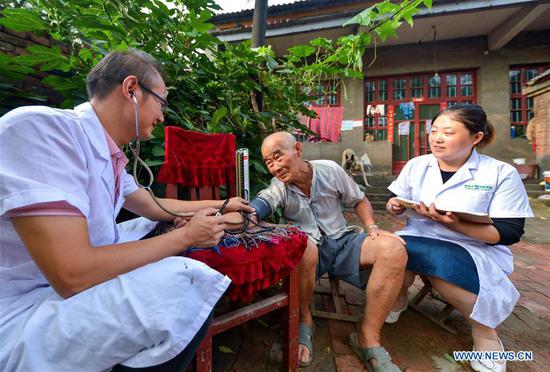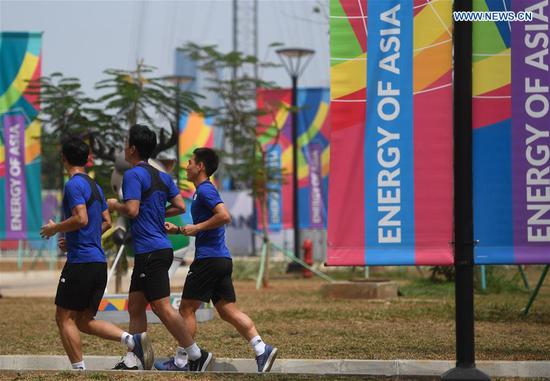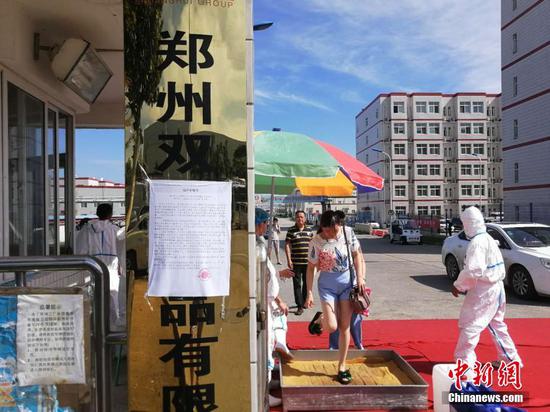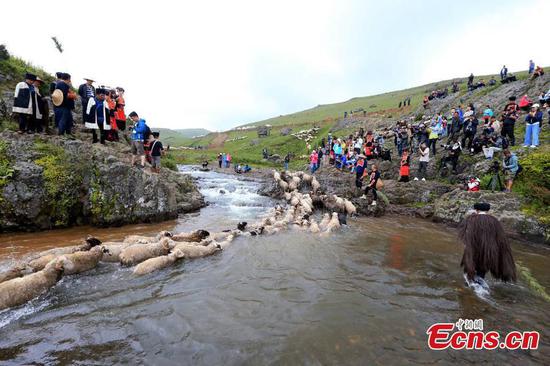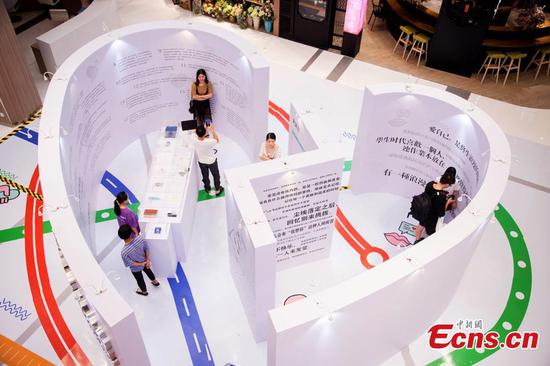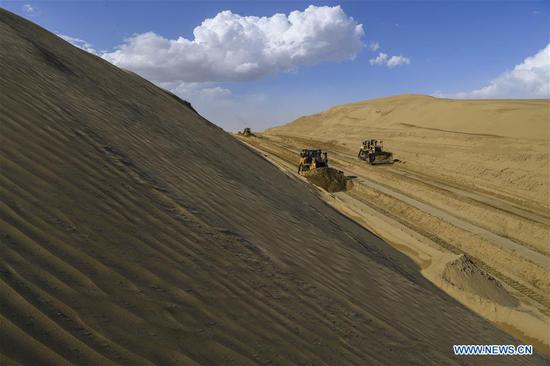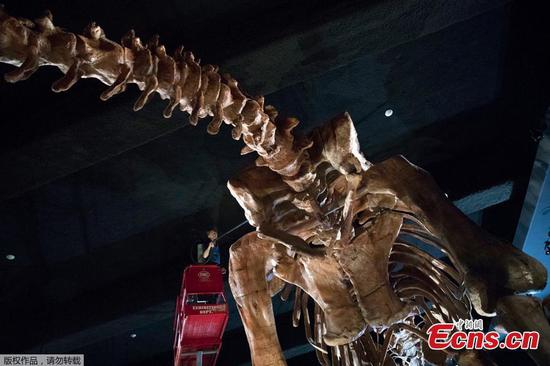The Pearl River Delta region is getting ready for its biggest transformation ever. The region is already an industrial powerhouse in southern China, comprising Guangdong Province, and the Hong Kong and Macao special administrative regions. Now, it will get an upgrade thanks to the impending announcement of the Greater Bay Area plan-China's ambitious proposal to transform the region into a technology powerhouse to rival the likes of the San Francisco and Tokyo Bay areas.
There is evidence to show manufacturers in the region are optimistic about the Greater Bay Area's prospects. In our (Standard Chartered Bank's) ninth annual survey of the region's clients, almost half said they see new business opportunities arising from the Greater Bay Area in the next three to five years. This comes despite concerns over the yuan's volatility and a potential US-China trade war.
Our survey also shows that industrial upgrading is already happening amid resilient growth, rising wages and labor shortages. Wage growth continues to rebound from a 2016 trough, matching the underlying improving economic cycle. Wages are expected to rise by an average of 7.7 percent this year, up from 6.3 percent in 2017, and a 5.9 percent trough in 2016.
The labor shortage is a good sign, implying solid economic activity. In fact, it's driving investment.
Almost half (46 percent) of the respondents to the survey said they are choosing to invest in automation as a primary response for the labor shortage and rising wages. Besides, the percentage of manufacturers opting to move production to cheaper markets-such as Vietnam, Cambodia and Myanmar-has fallen to a five-year low of 10 percent, from 17 percent.
This trend is interesting as it bodes well for China's plans to improve productivity and upgrade technology-something that looks to accelerate under the to-be-announced Greater Bay Area plan. Encouragingly, seven in 10(71 percent) manufacturers plan to increase capital spending this year.
One key focus of the Greater Bay Area's development is the integration of systems and the facilitation of cross-border flows of people, goods, capital and information. The challenge in the case of integrating Hong Kong with the rest of the Pearl River Delta region, therefore, is to make border controls less cumbersome, while preserving the "one country, two systems" principle.
But this shouldn't detract people from the region's progress, especially the significant investment taking place in large-scale infrastructure projects, such as high-speed railway and road links between Hong Kong and the mainland, and the bridge between Zhuhai, Hong Kong and Macao, which will slash travel time in the region and improve labor mobility.
As our survey findings indicate, China's manufacturing powerhouse is on course to become a center for innovation, technology and investment. The Pear River Delta region's integration into the Greater Bay Area will be far more than a change of name. We believe it will help the region to become a hub of innovation, and a bridgehead for the China-proposed Belt and Road Initiative.
What does this mean for China? It means the Greater Bay Area is going to be one of the most exciting stories coming out of the country over the next decade.









